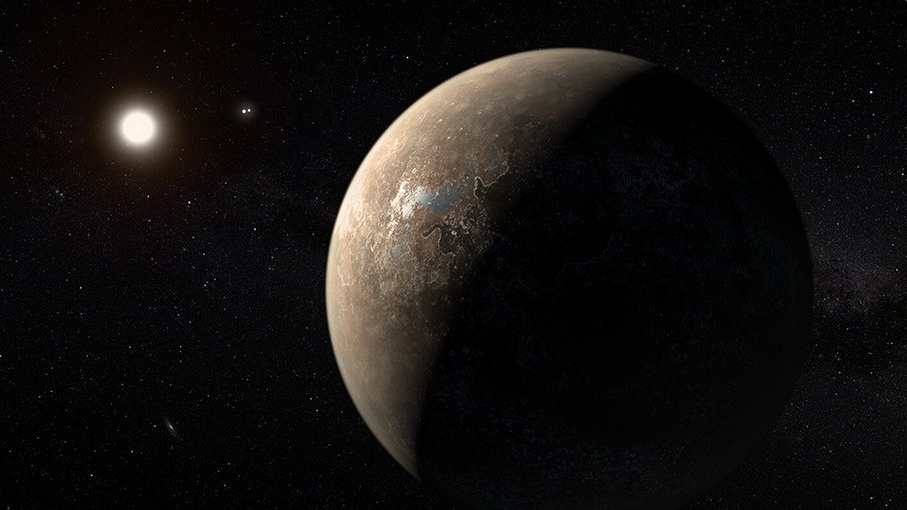
As far as we know, life needs water.
Due to this simple truth, astronomers and astrobiologists have naturally focused their efforts on identifying exoplanets that might harbor liquid oceans. Water in its liquid form can exist on a planet's surface, where direct heat from its host star can keep the substance from freezing — but it can also exist beneath a planet's surface, where internal sources of heat can sustain flowing, subsurface oceans.
In a new analysis, NASA has revealed that 17 discovered exoplanets could house subsurface oceans buried below thick sheets of ice. These worlds, much like the icy moons of Jupiter, could therefore be promising places to search for biosignatures — chemical signs of life.
Related: NASA's exoplanet-hunting telescope spies 8 'super-Earths'
While the exact composition of these worlds remains unclear, estimates of their surface temperatures from previous studies point them being significantly colder than Earth. They're also each less dense than Earth, despite being roughly the same size as our planet.
"Our analyses predict that these 17 worlds may have ice-covered surfaces but receive enough internal heating from the decay of radioactive elements and tidal forces from their host stars to maintain internal oceans," Lynnae Quick of NASA's Goddard Space Flight Center said in a statement.
In other words, while their host stars may not provide conditions warm enough to keep water in liquid form on their surfaces, these planets may exhibit processes that can generate heat below their surface. The stretching and compression of rock inside a planet as it gravitationally interacts with its "sun," for instance, could provide significant amounts of internal heat — enough to sustain a subsurface ocean. The radioactive decay of heavy elements inside the core of a planet can provide intrinsic heat as well.
"Thanks to the amount of internal heating they experience, all planets in our study could also exhibit cryovolcanic eruptions in the form of geyser-like plumes," Quick said, cryovolcanism meaning, in short, ice volcanoes.
The study drew on what we know from the geyser activity of two of Jupiter's moons, Europa and Enceladus. Two of the exoplanets named in the research, Proxima Centauri b and LHS1140 b, were particularly promising candidates for having oceans relatively near the surface.
"Since our models predict that oceans could be found relatively close to the surfaces of Proxima Centauri b and LHS 1140 b, and their rate of geyser activity could exceed Europa's by hundreds to thousands of times, telescopes are most likely to detect geological activity on these planets," said Quick.
Follow up observations of these worlds will likely include astronomers capturing the emission spectra of light traveling through these planets' atmospheres. Chemicals and molecules erupted into the atmosphere from cryovolcanic activity may hold clues as to whether life might exist in the cold dark depths of these worlds
The research was published in October in The Astrophysical Journal.







